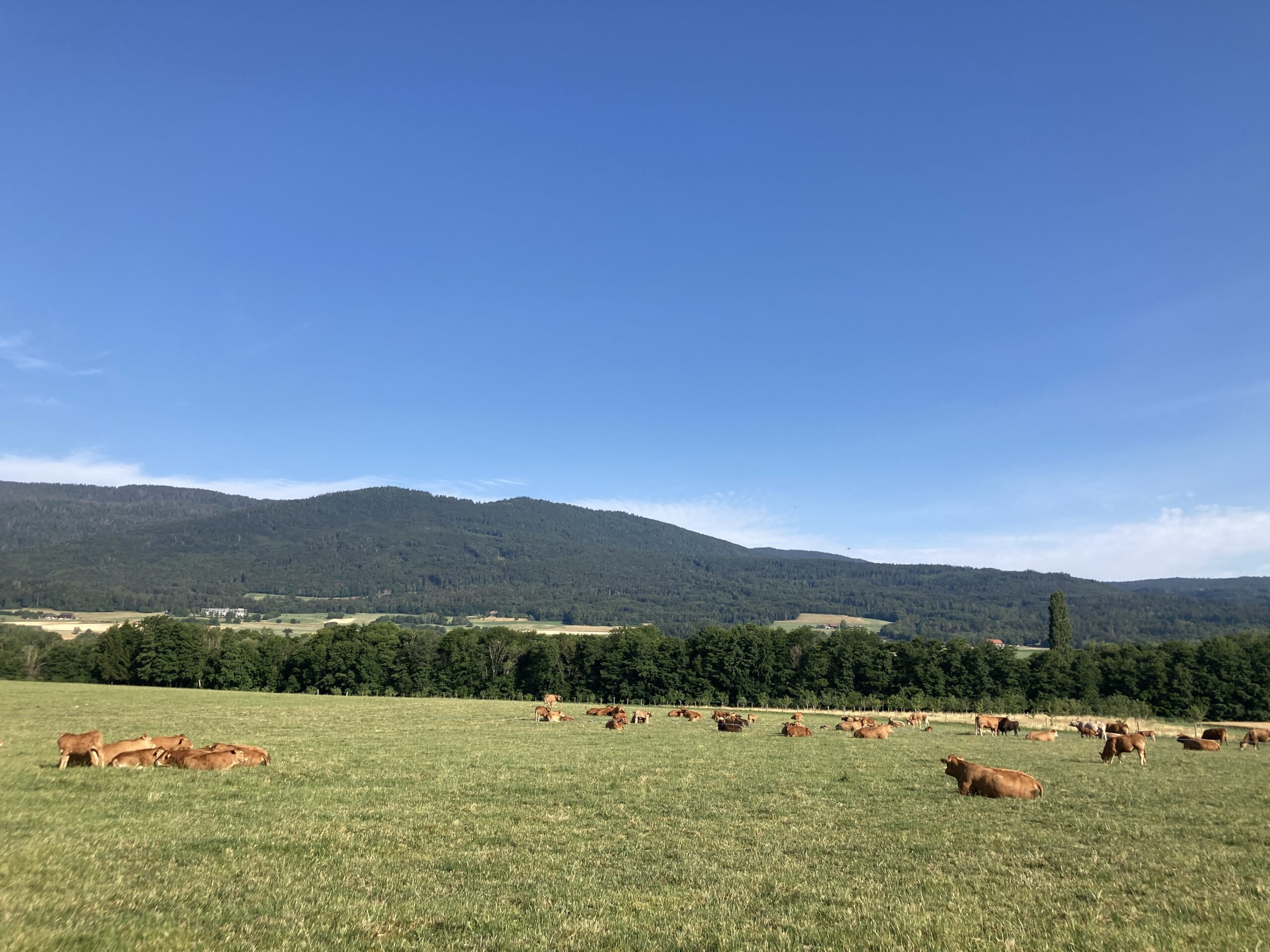Tag: uptime
-
Ingress and it’s barrier to entry
Reading Time: 3 minutesGoogle has an excellent reputation for server uptime and reliability. They pride themselves on making processes so efficient that hundredths of seconds after a request is sent the answer. As a result of their very high work ethic and desire to excel logic would indicate that Niantic labs would follow the same…
